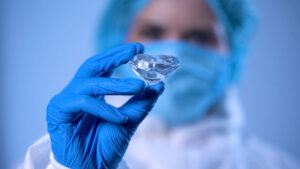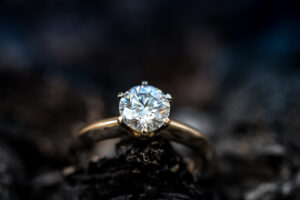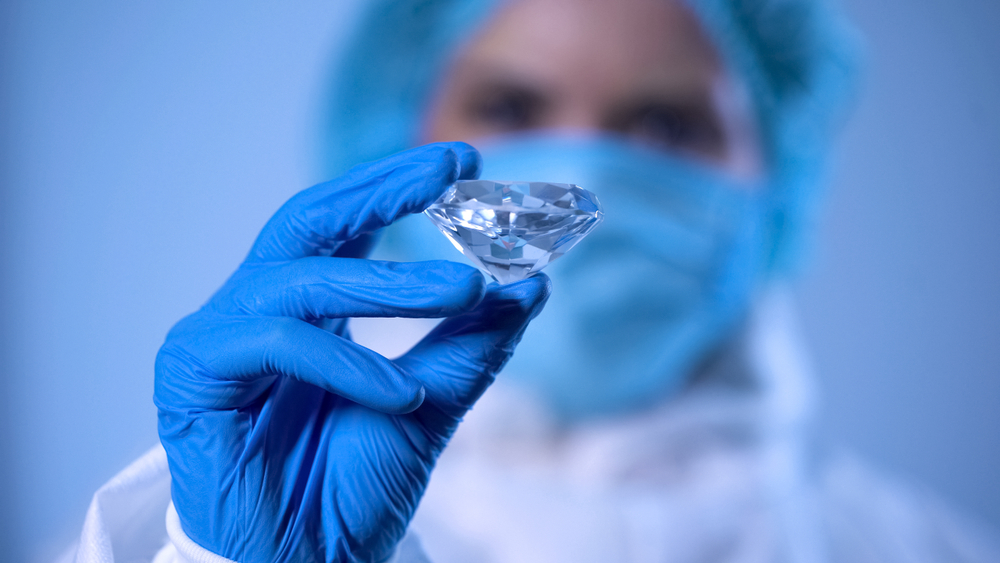
The prohibition of Russian diamonds from the US makes lab grown diamonds more appealing. As per the US Treasury’s data, Russia contributes almost 35% of the international diamond supply. About 90% of diamond production in Russia comes from an organization of diamond miners known as ALROSA.
Industry experts expect an increase in diamond rates over the coming months, alongside an increase in artificial diamond sales. Before the ban from the US, Kenneth Research expected that the artificial diamond market would grow by 9% on average up to 2028. Even conventional jewelers have also started to sell artificial diamond rings.
Diamonds Now More In Demand
The ban arrives when there is a tight diamond supply. Retail diamond jewelry sales increased by 29% in 2021 versus 2020 as well as are up by 11% from pre-epidemic levels. It has long been a big bonanza of sorts for the diamond jewelry industry. Every industry player has made a lot of money thanks to the reduction of diamond supply.
Higher labor expenses in India have fueled the increase in diamond rates as well. The vast majority of diamond jewelry production is in India.
What coincides with that is the demand for the stones in the global wedding market when coronavirus restrictions subside. As per a Wedding Report estimation, there would be 2.5 million wedding ceremonies this year in the United States of America. It means that wedding guests and couples will be seeking jewelry for their big day.
The Potential Of Artificial Diamonds

We still do not know the full influence of the prohibition. Raw diamonds are typically delivered to China or India for processing, which obscures the place of their production. However, if Burmese ruby stones, which the US banned, are anything to go by, the Joe Biden government would look to seal off opportunities for the stones to come through intermediaries.
If officials in the US go strict regarding scrutinizing the Russian stones, there could be a 25% increase in their prices, although it would not have a trickle-down effect for many months.
Shoppers can usually get an approximately 50% bigger diamond for a price identical to a mined diamond’s rate, without having to compromise on quality. Besides being conflict-free, an artificial diamond has less carbon footprint, which industry experts expect will resonate with international customers who are against the ongoing war between Ukraine and Russia.
